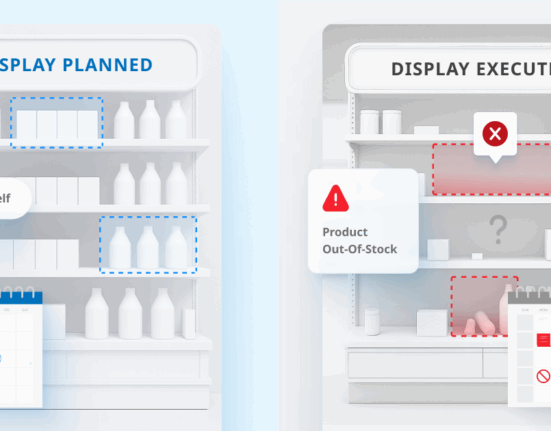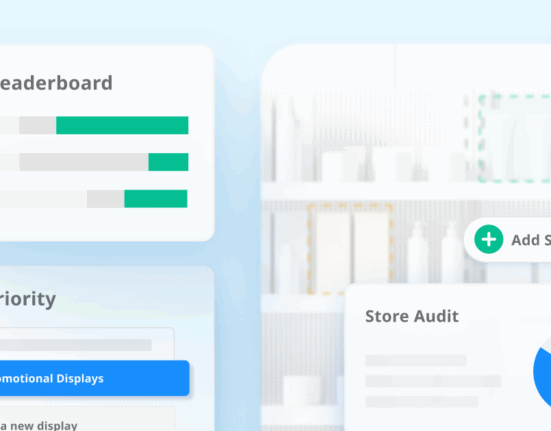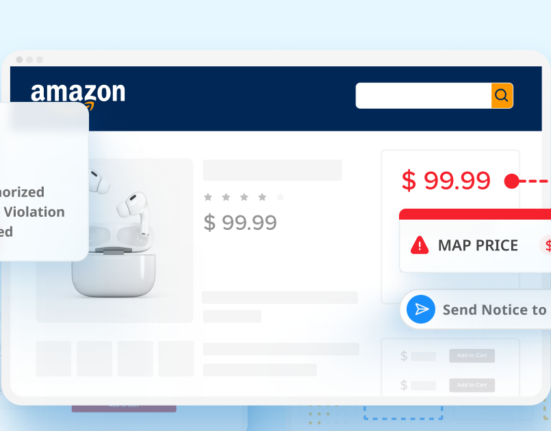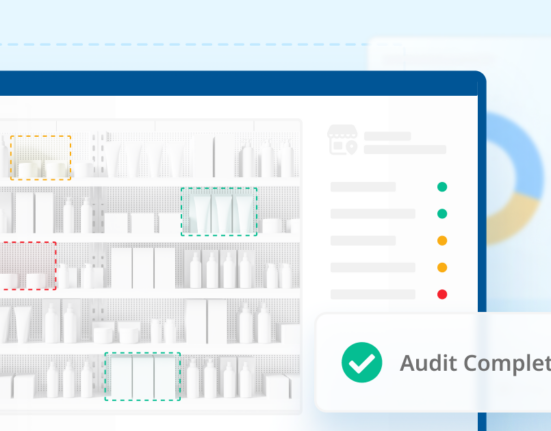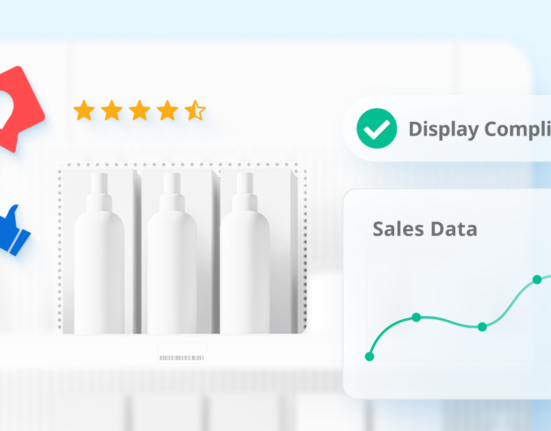Most shoppers are familiar with the experience of going into a store for something specific and walking out with more than they intended.
How does this happen? One of the prime reasons is strong point-of-purchase marketing.
Point-of-purchase (POP) marketing targets shoppers while they’re in a buying state of mind, and when done correctly, it can make your products too good to pass up in the moment. Let’s look at what POP marketing is, some examples of it in action, and how you can make yours stand out over your competitors’.
What is Point-of-Purchase Marketing and Why is it Important?
Point-of-purchase marketing, sometimes referred to as point-of-sale marketing, is the practice of placing marketing material next to the products it is advertising. While point-of-purchase marketing is often done where customers check out, POP displays should be placed anywhere that consumers are making purchasing decisions.
POP marketing is far down the purchasing decision funnel. Ad campaigns, email marketing, social media, content marketing, and influencer marketing are great for getting people to visit a store or a website. POP is how you grab their attention once they’re ready to make a final purchasing decision.
Think of POP marketing as one part of your visual marketing strategy. POP displays can be as simple as printed signage, like a shelf talker or a sign, or as sophisticated as an interactive digital display or a mobile app that gives promotions to people when they enter a store. Whether it’s simple or complex, a POP display should help your brand stand out in a crowded store and drive sales.
POP marketing doesn’t just apply to the in-store experience either. Brands and retailers can make effective use of POP marketing and advertising through digital channels as well. This can include pop-ups, “People Also Bought” sections, and coupons.
Point-of-purchase marketing, sometimes referred to as point-of-sale marketing, is the practice of placing marketing material next to the products it is advertising.
Point-of-Purchase vs. Point-of-Sale
It’s worth clarifying the difference between point-of-purchase and point-of-sale displays. The terms are often used interchangeably, but they aren’t quite the same thing despite their similarities.
POP displays can be placed anywhere a shopper is going to make a purchasing decision. A POS display is placed specifically where the final transaction would occur, which is usually at a cash register.
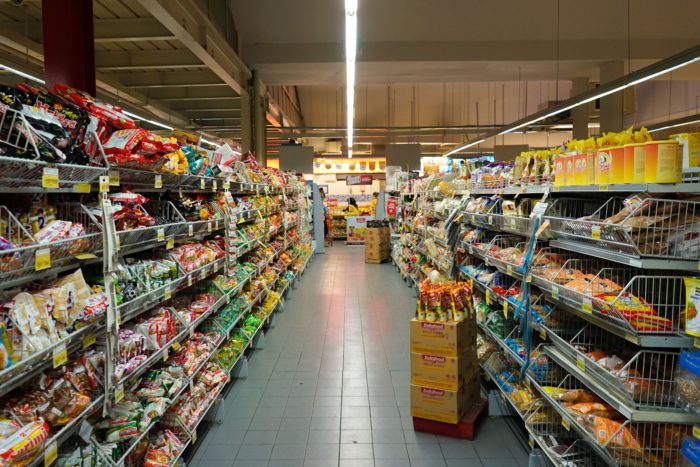
Types of Point-of-Purchase Marketing (With Examples)
POP displays can vary greatly in their type and level of creativity. They can be simple and direct or elaborate. No matter what, a great POP display is always eye-catching and attention-grabbing. Let’s look at a few examples of how brands and retailers are presenting POP displays.
Store Within a Store
The store-within-a-store concept refers to a retailer inviting a specialty retailer to set up a scaled-down shop in one of its store locations in exchange for a cut of the revenue. This can take the form of pop-up shops that have a temporary placement in a store or dedicated sections of the store for permanent placement.
The best store-within-a-store executions are mutually beneficial. Some successful examples of this include Sephora’s placement in JCPenney, which allowed JCPenney to expand into cosmetics, while Sephora got access and distribution into markets that would have been hard to reach on their own.
Best Buy’s placement of in-store Samsung Experience centers is another great example. Best Buy opened up a new revenue stream and Samsung could establish a physical retail presence without having to do so from scratch.
Endcaps
Endcap displays are placed at the ends of aisles, so customers will see them even if they don’t go down a particular aisle. This extra visibility is great because it’s an extra influence on customers as they make purchasing decisions and impulse purchases.
One great example of endcap execution is Target’s Made to Matter series. Target worked with brands that sell organic, sustainable, and natural products to feature them on endcaps throughout their stores. Those brands included Seventh Generation, Ben & Jerry’s, Annie’s, and other sustainable brands.
Free-Standing Displays
Free-standing displays are similar to endcaps, with the only difference being that they can be placed anywhere throughout a store.
A tried-and-true approach here is to make a display that reflects the packaging of your product. For example, this display from Maggi looks like a bowl of ramen noodles with chopsticks in it, with the actual product in the “bowl.” Another approach to creating attention-grabbing displays is to take seasonal influences into consideration. This display from Glade uses the bare wood and farmstand look to present its fall-scented air fresheners.
Shelf Talkers
Shelf talkers are paper, plastic, or cardboard tags that are attached to the shelf near where its products are displayed. They’re meant to be eye-catching and provide shoppers insight into the value of the products and brand.
One great example of this in practice is from dog food brand Pedigree’s “Dentastix” product. The product is an edible treat that helps clean your dog’s teeth. The shelf talker clearly and concisely explains what the product does in a single tagline: “You brush, they chomp.” It explains what the product does by comparing it to something everyone does and shows the value of the product in its simplicity and effectiveness.
Interactive Displays
Interactive displays bring a digital experience into physical stores. Interactive displays engage shoppers in an active process of discovery about your products, rather than simply conveying messaging to them.
One great use of interactive displays comes from Illinois-based outdoor sports retailer Champaign Outdoors. In various locations around the country, the retailer placed interactive kiosks near the winter jackets and vests. The kiosk allows shoppers to try on a jacket or vest and then use the kiosk to customize it. Buyers can adjust the sleeve length, change the colors, choose a down type, and add accessories for an additional cost.
Mobile Apps
Retailers know that omnichannel isn’t optional anymore, and any good omnichannel effort must include mobile. Mobility has become a key part of a good in-store experience, whether it’s by sending coupons and offers to people as they come into a store, as part of a loyalty program, or to provide QR codes for more product information.
One retailer that has shown how mobile apps can enhance POP marketing is Home Depot. According to Mobile Marketer, Home Depot’s mobile experience was rated number one in a study of retailer mobile apps due to its user-friendliness and functionality. This was because the retailer went above and beyond to make sure it wasn’t just another mobile site.
The app includes in-store item mapping to help customers find what they need, in-app offers and promotions, product FAQs, video reviews, customer reviews, buying guides, and more. Instead of leaving customers to fend for themselves or try to track down an associate to help, they can get everything they need for a successful trip to the store from the mobile app.
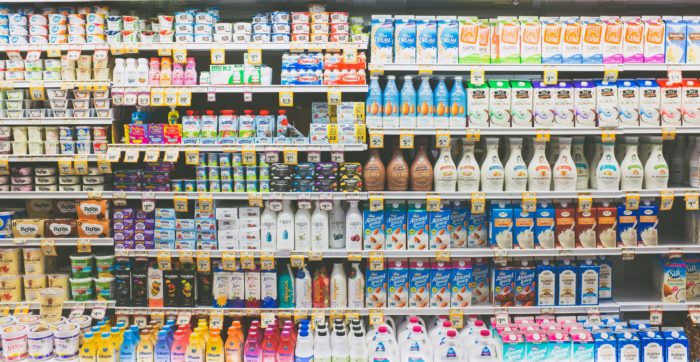
How to Make Your Point-of-Purchase Marketing Stand Out
Effective POP marketing isn’t just a matter of putting displays or messages next to your products. It’s important to understand how your POP strategy fits into your wider brand and marketing strategy. Here are some ways to improve your POP marketing.
Facilitate Impulse Purchases
We’ve all made impulse purchases when shopping. According to Statista, impulse purchases made up a considerable percentage of all purchases made in the U.S. in 2018.
The data shows that a whopping 49 percent of purchases made by 18 to 24 year-olds were impulse buys. As consumers get older, they’re less susceptible to knee-jerk purchasing decisions, but even 35 percent of purchases made by those 65 and older were on impulse.
This is a significant opportunity for brands, and their POP strategy should be geared toward attracting impulse buys.
The goal of a POP display is to grab attention and influence purchasing decisions at the exact time customers are making them. You can’t do that if your displays blend into everyone else’s.
Consider using bright colors, prominent logo placements, catchy slogans, and unconventional design schemes to separate your efforts from the pack. POP marketing truly benefits from a willingness to experiment to find what really works. Don’t be afraid to go a little out of the box while staying aligned with your brand.
Think About Cross-Sell Opportunities
Typically, we think of POP displays as something to be placed near the product we’re selling. That’s obviously part of it, but don’t forget to consider complementary offerings.
As a simple example, if you’re selling salsa, don’t just put your shelf talker or free-standing display in the salsa or condiments aisle. Put it near the chips. Shoppers who are there to buy chips will suddenly be thinking about how they should also grab salsa on their way out.
A display could also be used to promote a bundle. For example, if someone is going to buy a TV, a great bundle would be that the buyer would also get a Blu-ray player with it for one price.
POP marketing is an ongoing effort to produce marketing materials, place them in the field, and gauge their impact.
Get Field Marketing Involved
Field marketing is all about getting marketers “in the field” to perform product demonstrations, promote products, provide samples, check in on how products are displayed, make sales, and collect feedback directly from consumers.
Field marketing is a great POP strategy because it lets you collect real-time feedback from your team in a way that sales data alone can’t. In addition, your team can directly engage with shoppers and break them out of their usual shopping patterns to try or learn something new.
Use Mobile Technology
Mobile technology can be a great channel to engage with customers and personalize the experience in your stores. A study from Retail Dive revealed that 58 percent of consumers use their smartphones to look products up while they’re in the store, and 54 percent use them to check and compare prices.
Your mobile app can’t just be a simple website if it’s going to be effective as a POP asset. It needs to provide relevant, contextual information that shoppers can use to make better decisions for themselves. Additionally, tying your mobile experience to a loyalty program makes it easier to use shopper data to personalize offers and provide coupons for items they care about most.
Audit Your POP Efforts Regularly
POP marketing is an ongoing effort to produce marketing materials, place them in the field, and gauge their impact. That’s why you have to regularly audit the retail locations you’re testing POP marketing campaigns in and ensure they’re displayed correctly.
Over time, customers will grow used to your visual branding and POP displays, and they’ll gradually blend in. That’s why regular audits and tracking of sales across your locations is vital. You’ll know when a POP campaign has run its course, and you can be ready to run the next one.
POP marketing is a crucial bottom-of-the-funnel effort. The rest of your marketing might be great at getting people into stores, but once they’re there, you have to ensure they stick with you. By aligning your POP strategy to your overall brand and marketing goals, getting creative with design, and using effective messaging to sell your products, you can win the eyes and dollars of consumers as they’re primed to buy.




